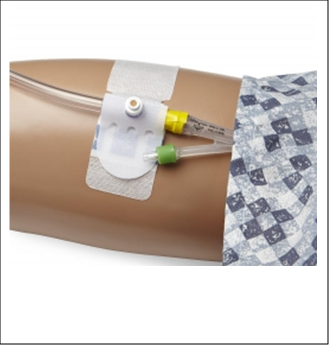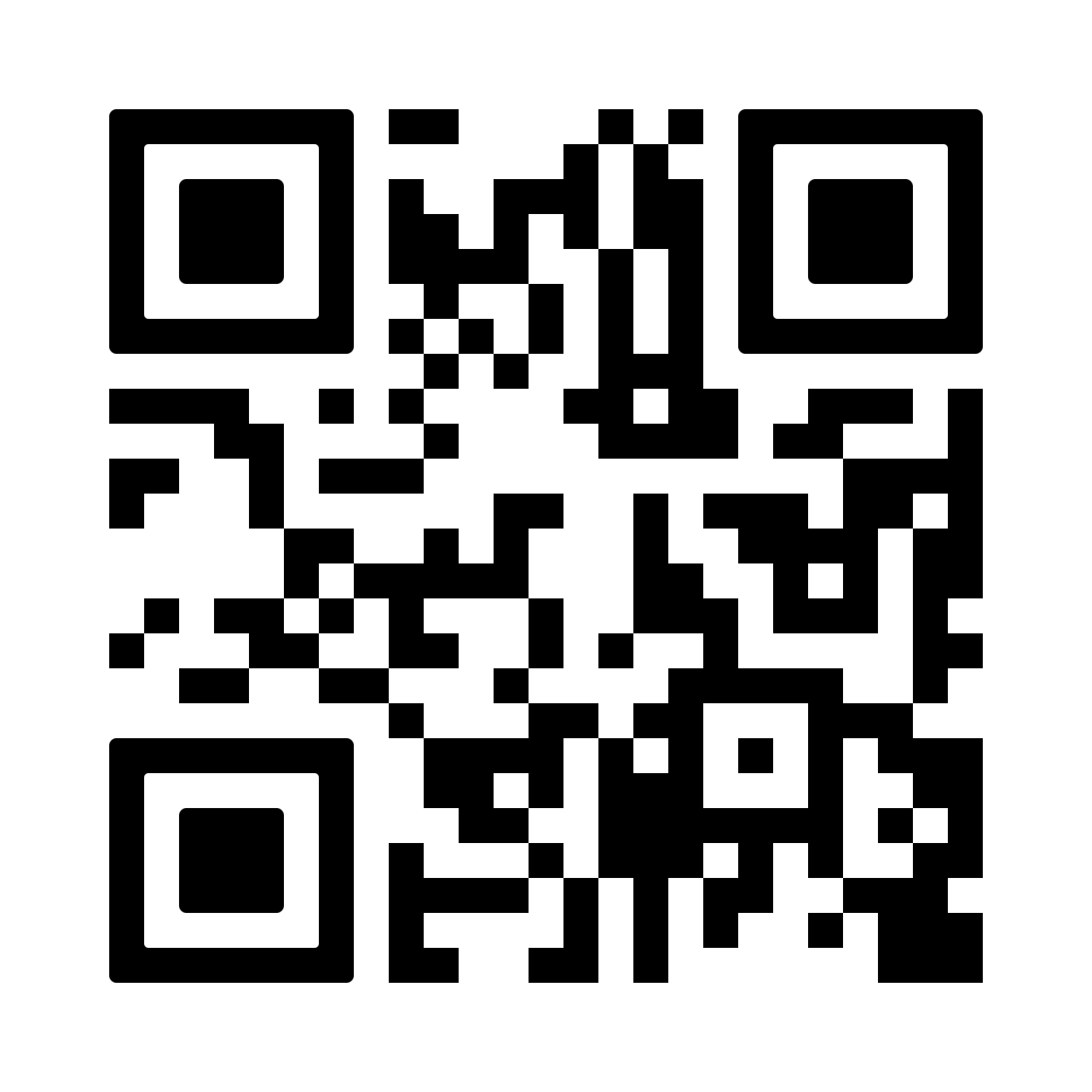What is a Foley catheter?
A Foley catheter is a flexible tube that is put through the urinary opening (urethra) and into your bladder. The device drains your urine into a drainage bag. A small balloon filled with sterile water is placed inside your bladder to hold the catheter in place.
To care for your catheter, you need the following supplies:
- Soap and water
- Washcloth and towel
- Catheter securement device to keep your Foley from pulling or tugging
How do I clean my Foley catheter?
Twice every day—in the morning and in the evening—wash the area where the catheter enters your urethra. Follow these steps:
- Gather your supplies.
- Wash your hands with soap and water.
- Look carefully at the place where the catheter enters your urethra. Check for any swelling, redness, or drainage (such as white or yellow pus or blood). If you see any of these symptoms, call Telehealth Nursing at 651-229-3890.
- Gently wash the area around the catheter with soap and water. Be careful not to pull on the catheter tubing.
If you have a penis, be sure to wash the catheter as well as your penis and scrotum. For an uncircumcised penis: gently pull your foreskin back and wash all exposed skin surfaces. Return your foreskin over the tip of your penis. If your foreskin is not returned, circulation can be affected, which can lead to tissue damage. If your foreskin is stuck and cannot be returned, this is a medical emergency. Go to a nearby emergency room. - After washing, rinse well to remove all the soap, and pat the entire area dry to prevent skin breakdown.
- Secure the catheter to your leg with a catheter securement device. Don’t let the catheter tug or pull, as that can cause irritation and erosion of the urethra. Switch leg sides daily, securing the catheter on your right leg and wearing the drainage leg bag on your right leg one day. The next day, secure the catheter to your left leg and wear the leg drainage bag on your left leg.
- Wash your hands with soap and water.
How do I empty my catheter drainage bag?
Empty your drainage bag when it is just over half-full. Remember: you will need to empty a leg bag more frequently than a larger bedside bag. To empty the drainage bag attached to your catheter, follow these steps:
- Wash your hands with soap and water.
- If you're supposed to keep track of your urine output, use a container that displays measurement markings.
- Remove the drain tube from the cover (or holder) on the bottom of the bag. Hold the bag drain over the container. Open the clamp on the drain tube so urine empties into the container.
- When the drainage bag is empty, close the clamp on the drain tube. Use a clean paper towel or tissue to dry the end of the drain tube, then place the tube back into the cover/holder.
- Take note of your urine's color, smell, and amount. Urine should be clear and have a light-yellow color with a mild smell. If you are supposed to keep track of your urine output, write down the amount along with the current date and time.
- Pour the urine into the toilet and flush. Rinse the container with water and then pour the water into the toilet. Set the container in a clean area until you need to use it again.
- Wash your hands with soap and water.
How do I care for my catheter drainage bag?
If you are wearing an indwelling Foley catheter for more than a month, you will need a new drainage bag once per month--or sooner, if there is a leak. Throw old drainage bags and tubing into the garbage.
If you are using a Foley catheter long-term, clean your drainage bag once every two days with a mixture of vinegar and water. Follow these instructions:
- Mix 1 1/2 (one and a half) cups of white vinegar with 2 quarts (8 cups or 64 ounces) of water.
- Pour the vinegar-water mixture into the drainage bag through the drain tube and swish it around in the bag. Set the bag in a bathtub, sink, or large basin to allow the mixture to soak for 30 minutes. Be sure that the tubing (not just the bag) is also full of the mixture.
- Drain the mixture out and rinse the drainage bag with clean water. Dry the outside of the bag and tubing.
Do not use a bleach solution to clean your drainage bag or tubing, as bleach can damage your catheter equipment.
How do I flush my Foley catheter?
Flushing is a procedure used to help keep urine flowing if you suspect that your catheter is plugged.
To flush your catheter, you need the following supplies:
- Saline syringe
- Alcohol wipes
Follow these steps to flush your catheter:
- Wipe the access port with an alcohol wipe.
- Remove the cap from the saline syringe.
- Attach the syringe to the access port.
- Pinch off the tubing below the access port to stop urine flow.
- Slowly push in the saline solution.
- Once the syringe is empty, disconnect it from the access port.
- Keeping the tubing pinched, repeat steps 2-5 as needed until you have instilled 30-60mL of saline into the bladder.
- Release the pinched tubing to allow urine to flow.
The access port is yellow in the photo below.

What if I am supposed to irrigate my bladder?
Please refer to Bladder Irrigation if your provider instructs you to irrigate your bladder.
What about instilling vinegar into my bladder?
If your provider has instructed you to instill a vinegar solution into your bladder, please refer to the Vinegar Bladder Instillation Protocol.
When should I call Gillette?
Call Gillette TeleHealth if any of the following occurs:
- Signs or symptoms of a urinary tract infection:
- Fever
- Chills
- Frequent, urgent and/or painful urination
- Abdominal cramping
- Increased leakage
- Increased odor
- Signs your catheter might be plugged:
- Feeling of bladder fullness
- Putting out an unusually small amount of urine
- No drainage of urine since you last emptied your drainage bag
- Urine leaking around the tube
- Blood in your urine
- Large amount of mucous/sediment seen in urine
Video | Foley Catheter Care
View the Foley Catheter Care Video here or scan the QR code to view it on your mobile device:

This information is for educational purposes only. It is not intended to replace the advice of your health care providers. If you have any questions, talk with your doctor or others on your health care team.
If you are a Gillette patient with urgent questions or concerns, please contact Telehealth Nursing at 651-229-3890.
 Home Page
Home Page
